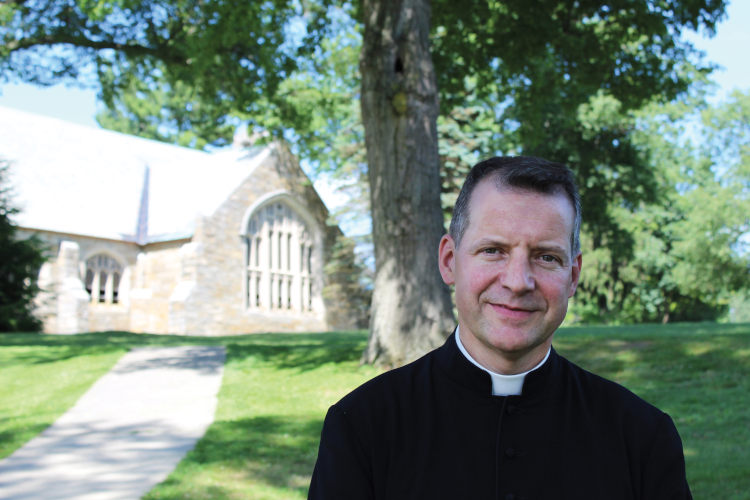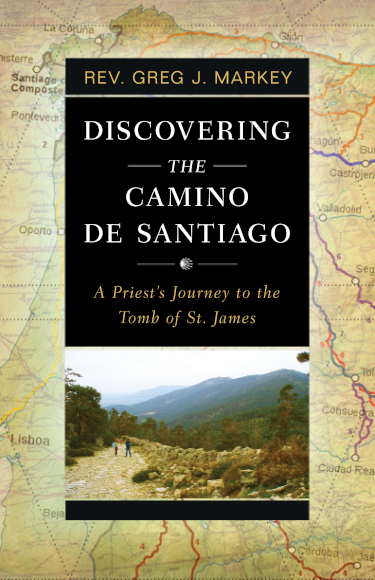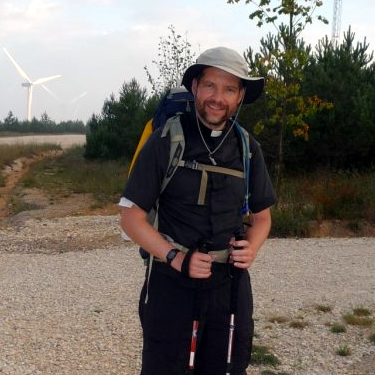- Home
-
About
 Fidelity & Excellence
Fidelity & ExcellenceThomas Aquinas College is unique among American colleges and universities, offering a faithfully Catholic education comprised entirely of the Great Books and classroom discussions.
-
A Liberating Education
 Truth Matters
Truth MattersTruth, and nothing less, sets men free; and because truth is both natural and supernatural, the College’s curriculum aims at both natural and divine wisdom.
-
A Catholic Life
 Under the Light of Faith
Under the Light of FaithThe intellectual tradition and moral teachings of the Catholic Church infuse the whole life of Thomas Aquinas College, illuminating the curriculum and the community alike.
-
Admission & Aid
 Is TAC Right for You?
Is TAC Right for You?Do you enjoy grappling with complex questions? Are you willing to engage in discussions about difficult concepts, with the truth as your ultimate goal?
-
Students & Parents
 Mind, Body & Spirit
Mind, Body & SpiritThere is always something to do at TAC — something worthwhile, something fulfilling, and something geared toward ever-greater spiritual and intellectual growth.
-
Alumni & Careers
 What Can You Do with a Liberal Education?
What Can You Do with a Liberal Education?Nothing speaks more to the versatility of the College’s academic program than the good that our alumni are doing throughout the Church and the world.
- Search
- Giving
TAC Chaplain Rev. Greg Markey Reflects on the Camino in New Book

“If there is a powerful lesson on the Camino, it is that I am no longer in control; and just when I have no more strength and no more options, He catches me, reminding me He is ultimately in control,” writes Rev. Greg Markey, head chaplain of Thomas Aquinas College, New England, in his newly re-published book, Discovering the Camino de Santiago: A Priest’s Journey to the Tomb of St. James.
 When the Diocese of Bridgeport granted him a five-week sabbatical on the tenth anniversary of his priesthood in 2009, Fr. Markey decided to use some of that time to walk the Camino de Santiago. While on the ancient pilgrimage route that spans from France to the Santiago de Compostela in Spain, he kept a journal and periodically sent emails detailing his journey back to his parishioners at St. Mary Church in Norwalk, Connecticut. When he returned, he discovered his emails had spread far beyond his parish, and, two years later, what was once a series of personal reflections and emails became the first edition of Discovering the Camino.
When the Diocese of Bridgeport granted him a five-week sabbatical on the tenth anniversary of his priesthood in 2009, Fr. Markey decided to use some of that time to walk the Camino de Santiago. While on the ancient pilgrimage route that spans from France to the Santiago de Compostela in Spain, he kept a journal and periodically sent emails detailing his journey back to his parishioners at St. Mary Church in Norwalk, Connecticut. When he returned, he discovered his emails had spread far beyond his parish, and, two years later, what was once a series of personal reflections and emails became the first edition of Discovering the Camino.
The book chronicles Fr. Markey’s journey along the Camino to the ancient tomb of St. James. He walked 496 miles in about a month, ending his pilgrimage at the tomb on July 25, St. James’s feast day. Throughout the book, he adorns his account with descriptions of his interactions along the trail. “I wore my collar the whole time, which was basically a sign around my neck saying, ‘Come talk to me about God,’” he laughs. “I had a lot of conversations with people from all over the world about where they were in life and why they chose to do the Camino.”
The majority of people on the Camino, Fr. Markey relates, are not Catholic, and choose to make the pilgrimage to reflect on their lives and discover what they are missing. Along the way, he encountered fallen-away Catholics, fellow priests, young missionaries, unbelievers, and a variety of other fascinating souls, all searching for something along the way. “There are some really good stories about people who begin to change their lives on the Camino,” he says. “It is an ancient Catholic route with so much beautiful symbolism on the way and in the churches. There is a lot of grace there.”

The second edition of the book features more photos and graphics, as well as new stories not found in the original edition. In the new preface, Fr. Markey notes that, since his journey in 2009, Americans have become a majority of the Camino’s pilgrims, second only to the Spanish. “It’s a fascinating journey for an American, since we come from a country where everything has to be new all the time,” he says. “Along the Camino, you get to see ancient churches, bridges, and structures that are upkept and still used, things that a tourist would never see because they’re so remote. You really get a feeling for what Old Europe was like.”
Fr. Markey sees the overall story of his book as a metaphor for life: “I think one of the reasons the Camino continues to draw people is because our life is a pilgrimage toward our Father’s House. We’re all going somewhere in our lives, and the pilgrimage is symbolic of that.”
To the potential pilgrim, Fr. Markey recommends two things for the long journey: “First, try to evangelize; bring some miraculous medals, prayer cards, something to hand out because so many people there are searching. The second thing? Get yourself some good shoes.”

